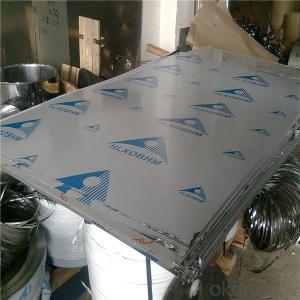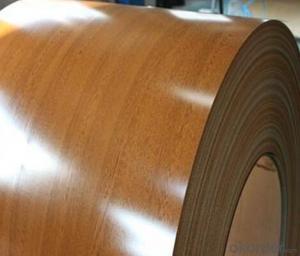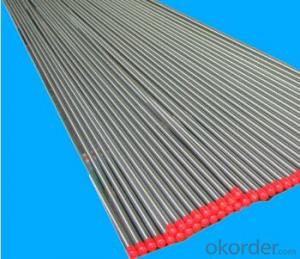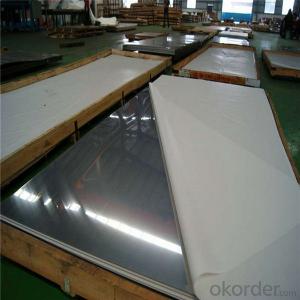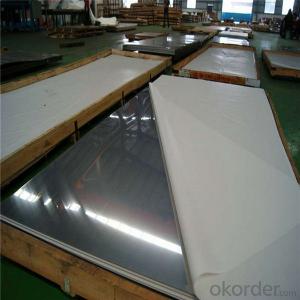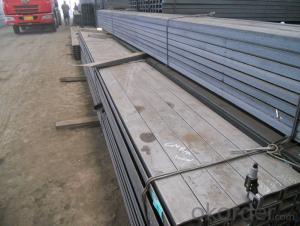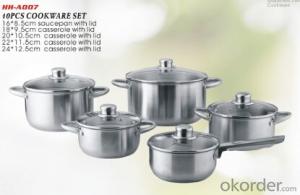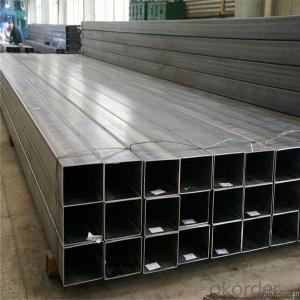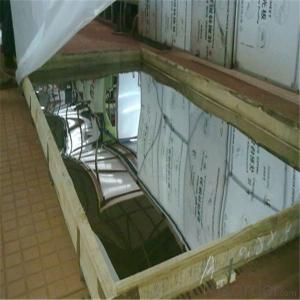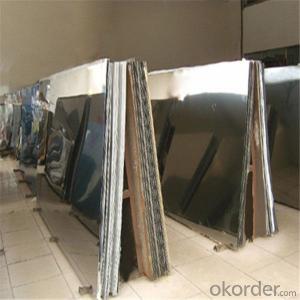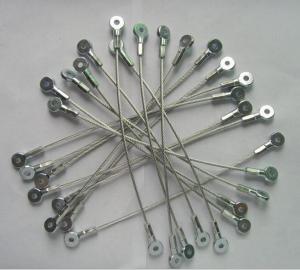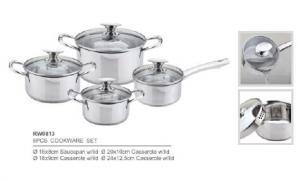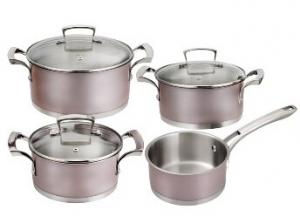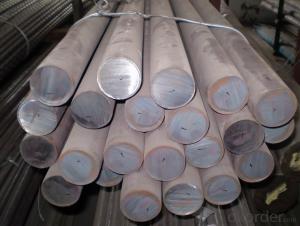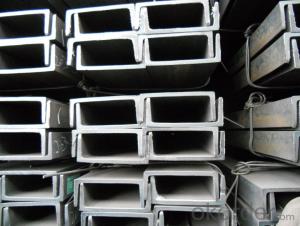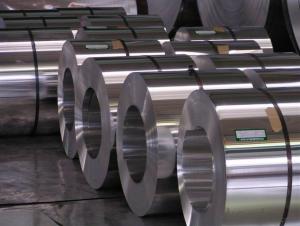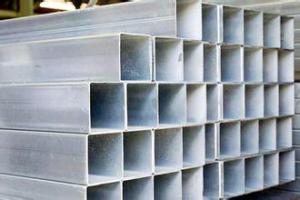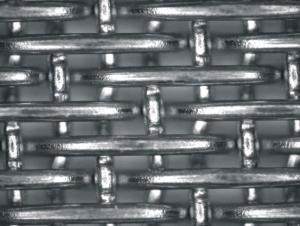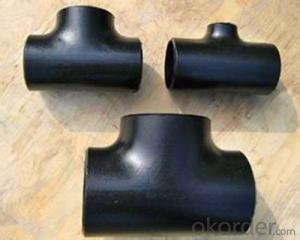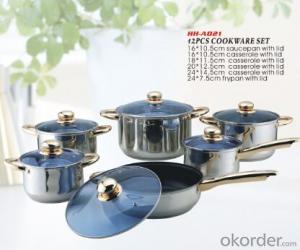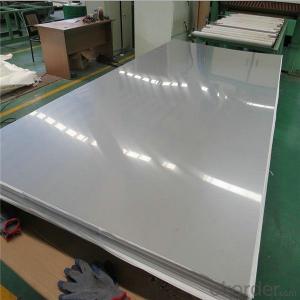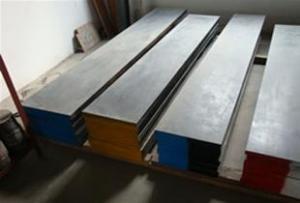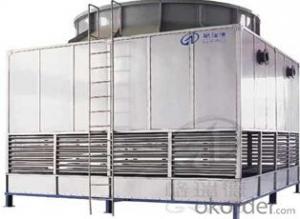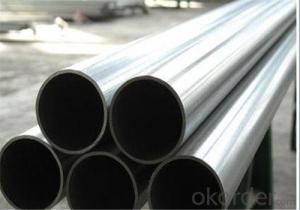2205 Stainless Steel
2205 Stainless Steel Related Searches
2205 Duplex Stainless Steel Duplex Stainless Steel 2205 15 5 Stainless Steel 455 Stainless Steel 15-5 Stainless Steel 305 Stainless Steel 15 5 Ph Stainless Steel Stainless Steel Stainless 201 Stainless Steel 18 0 Stainless Steel Bleached Stainless Steel X50crmov15 Stainless Steel 4 Stainless Steel 420 Stainless Steel Ar 15 Stainless Steel Stainless Steel Sheetmetal Stainless Steel Datejust Hardened Stainless Steel Stainless Steel S All Clad D5 Stainless Steel Stainless Steel Hardware Welded Stainless Steel Stainless Steel 18 0 White Stainless Steel Thermos Stainless Steel 300 Stainless Steel Stainless Steel 420 Metal Stainless Steel Stainless Steel Eye Stainless Steel Cross2205 Stainless Steel Supplier & Manufacturer from China
2205 Stainless Steel is a duplex stainless steel grade that combines high strength, excellent toughness, and superior resistance to stress corrosion cracking. This type of stainless steel is known for its excellent resistance to pitting and crevice corrosion, making it an ideal choice for various industries and applications. The unique properties of 2205 Stainless Steel make it suitable for use in environments where corrosion resistance is critical, such as chemical processing, marine applications, and oil and gas industries.2205 Stainless Steel is widely used in applications where both high strength and corrosion resistance are required. Its excellent performance in aggressive environments makes it a popular choice for components in the chemical processing industry, such as heat exchangers, reactors, and piping systems. Additionally, its strength and resistance to stress corrosion cracking make it ideal for marine applications, such as shipbuilding and offshore structures. In the oil and gas industry, 2205 Stainless Steel is used for various components, including valves, pumps, and fittings, due to its ability to withstand the harsh conditions and corrosive fluids encountered in these environments.
Okorder.com is a leading wholesale supplier of 2205 Stainless Steel, offering a vast inventory of this high-quality material. With a commitment to providing top-notch products and exceptional customer service, Okorder.com ensures that customers receive the best possible 2205 Stainless Steel for their specific needs. Their extensive inventory and competitive pricing make them a reliable choice for businesses seeking a dependable supplier of this versatile and durable material.
Hot Products
